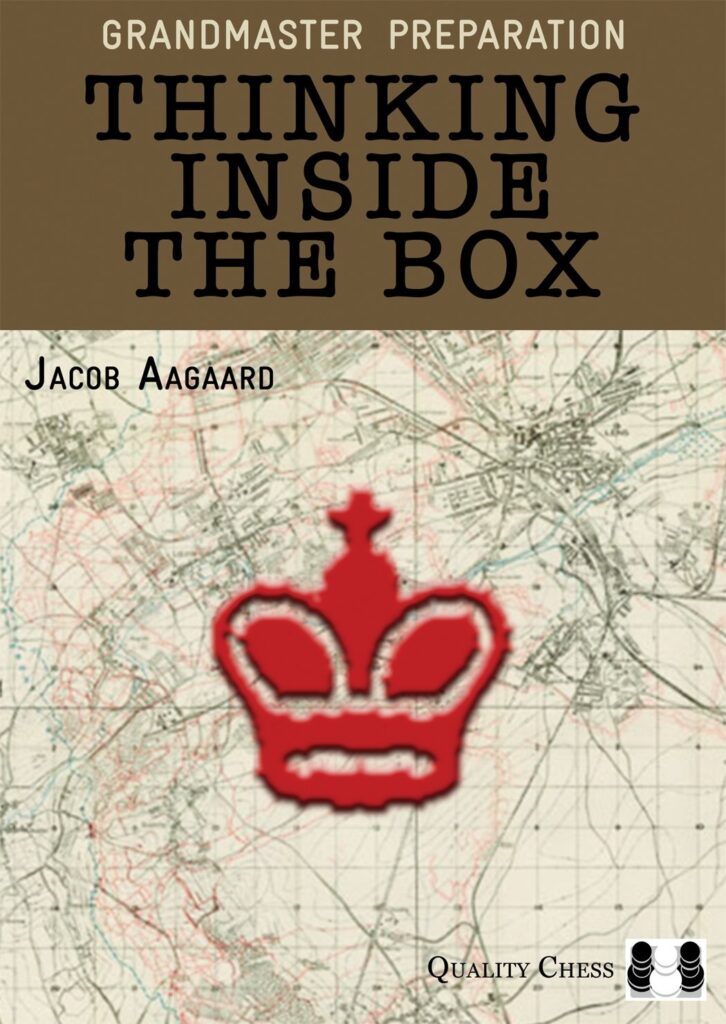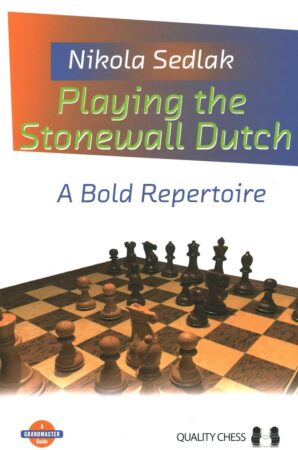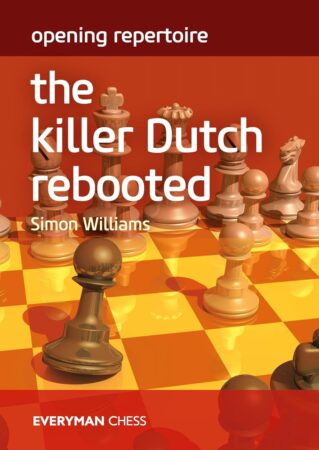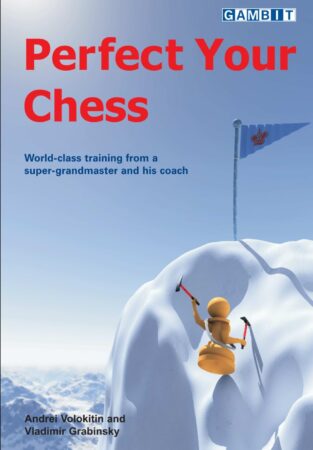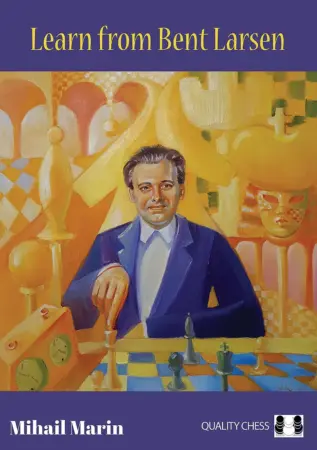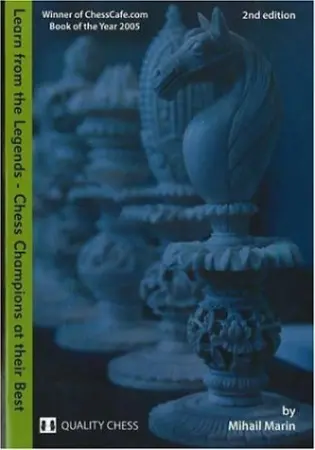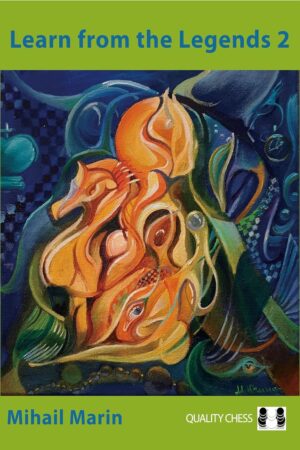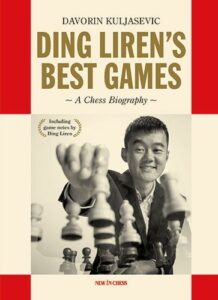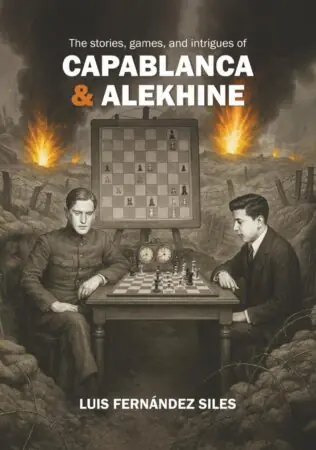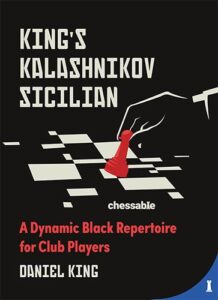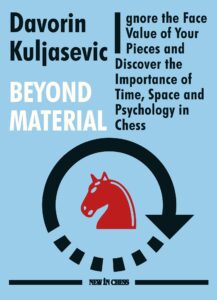GM Preparation: Thinking Inside the Box is the final book in Jacob Aagaard’s GM Preparation series. It is a chess book about everything. As opposed to the first five books in the series, which were workbooks specifically designed to develop the reader’s skills in calculation and strategic understanding, Thinking Inside the Box teaches the basics. Of everything. Every page introduces a new idea or a new concept, from determining your chess personality type to nutrition. People highlight the importance of thinking outside the box, focusing on exceptions, but, as Aagaard puts it: “Mastery in any field is developed by working on the basics”. Thinking Inside the Box is the basics of chess thinking. Don’t get me wrong, it is not for beginners, nor does it cover simple endgames, tactics, or positional concepts, it teaches the basic principles one should follow in order to play and live chess well.
In our interview, Jacob said that it was the most difficult book in the series to write, and he was running late with it. It was intended to be presented on his coaching and book tour of Asia in 2017. The tour has started and the book hasn’t been finished yet. Perhaps that’s to be expected from a book of such a complex nature. It’s easier to write a book on endgames than on how to play chess well. The book also covers many of Aagaard’s best and most memorable games and features numerous moments from the tour in photographs. It’s well written, witty, full of subtle humor and references to players, games, places and tournaments. It was a refreshing read.
Compared to the first five books in the series, it was also a relatively easy read. It’s not a workbook. It does come with many exercises, but it’s not a pure puzzle book. Aagaard focuses on explaining concepts and principles, thinking patterns, and ways of improving decision making over the board.
Thinking Inside the Box is divided into fourteen chapters. They can be divided into two groups. Those with practical advice on improving play, such as the ones on decision making, that build upon his work in Strategic play and Positional play, those on Calculation, which build upon Calculationa and Attack and Defense, and those on thinking processes; abstract thinking, strategic concepts, and the calculation process. This first group is of a more practical nature, and will be more appealing to many ambitious players. The rest of the chapters fall under the second category; chess psychology and training methods, or how to optimize the way you approach chess. These include chapters on the psychology of chess improvement, training methods, how to analyze games, and determining what type of player you are.
Thinking Inside the Box is certainly one of the most entertaining chess books I’ve read, while being useful at the same time. It’s full of useful advice, numerous concepts one can try to apply (not everything is for everyone, though!), and methods of improving at chess on and off the board.

